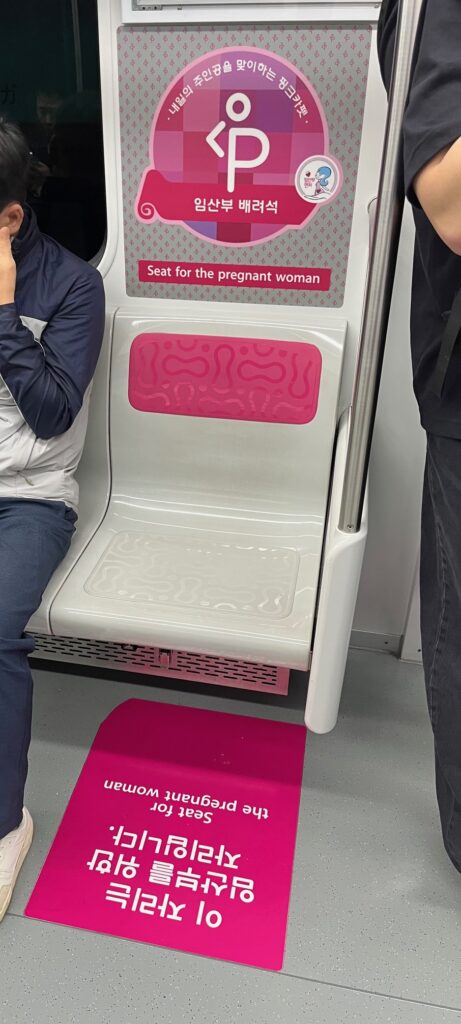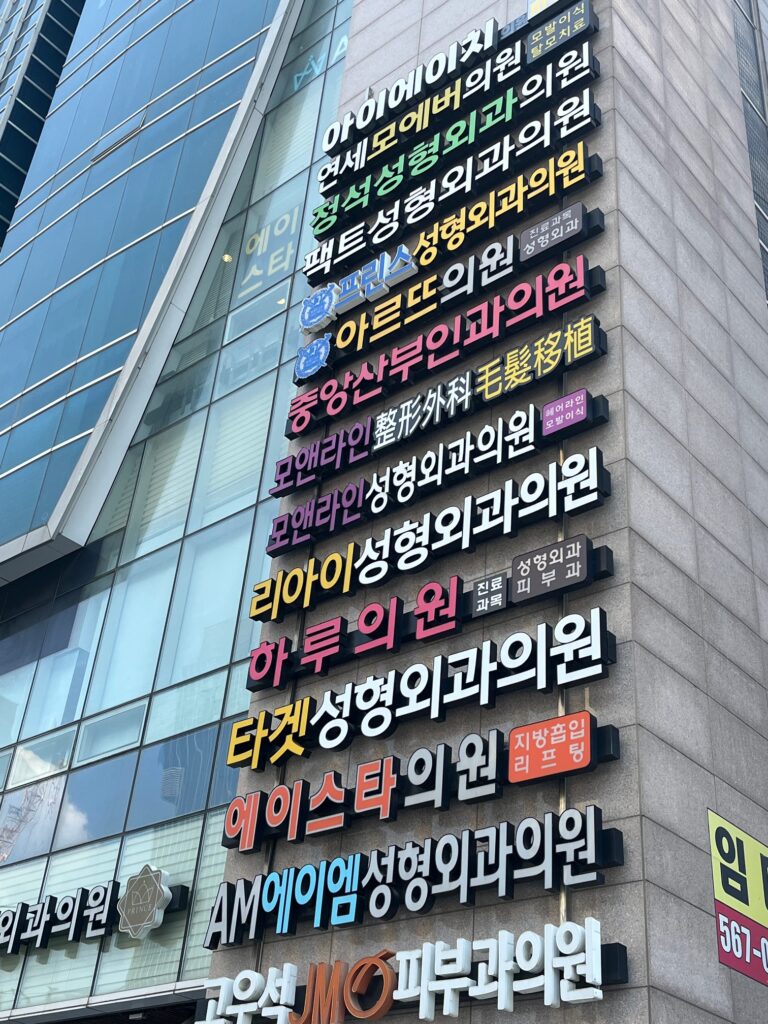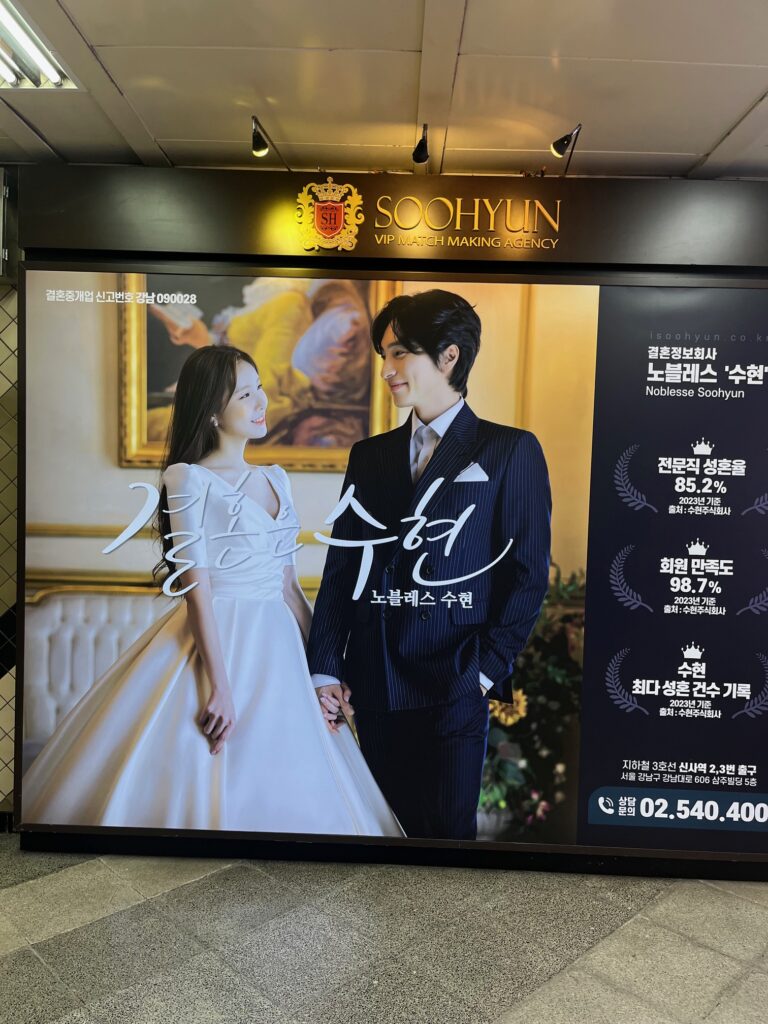On my second day in Seoul, I joined a fascinating Airbnb Experience called “Gangnam Tour on Youth and Society.” It wasn’t your typical guided tour, instead it was a deep dive into the complex, high-pressure world of South Korean education and priorities — one that left me thinking about the true cost of success (hope you find this as interesting as I did).
Gangnam Beyond K-Pop, Style and Skincare
Most people know Gangnam from the viral hit “Gangnam Style,” luxury storefronts, and sleek high-rises. But behind the glitz lies something less visible but incredibly influential: one of the most intense academic environments in the world. This district is home to countless private academies (called hagwons) and families who invest heavily — financially and emotionally — in their children’s education.
Education First. And Second. And Third.
Our guide — a local woman who is 29 with personal insight into the system — walked us through the expectations of Korea’s youth. Students attend public school, but their day doesn’t end at the final bell. After school, many kids head straight to hagwons, where they continue studying for several more hours, sometimes late into the evening – all aimed at one goal: getting into a top university.
And this system starts shockingly young. Elementary-age students already begin prepping for middle and high school entrance exams. Sports, extracurriculars often take a back seat, as families prioritize academics above all else.
From Poverty to Powerhouse: Why Education Means Everything
To understand why education carries so much weight in South Korea, you have to look back just a few decades. After the Korean War (1950–1953), South Korea was one of the poorest countries in the world, with limited natural resources and a devastated economy. But over the last 60 years — and especially in the past 30 — South Korea has undergone a remarkable transformation, becoming one of the world’s top economies with a GDP among the highest globally.
This rapid rise was fueled by a national commitment to education, discipline, and innovation. With few natural exports, Korea invested in its human capital — its people. Education became the engine of progress. In a country where academic performance has been directly tied to upward mobility, employment opportunities, and even social status, families pour immense time, energy, and money into their children’s education. It’s seen as the surest — and sometimes only — path to stability and success in a highly competitive society.
The Cost of Success: South Korea’s Plunging Birth Rate
While walking the streets of Gangnam and learning about the intense pressure, it became clear that the effects of this system reach far beyond school walls. South Korea isn’t just home to one of the world’s most competitive education cultures — it also now holds the lowest birth rate in the world, with an average of just 0.72 children per woman as of 2024. While lower birth rates are impacting many countries it is exaggerated here. So, what’s driving this dramatic decline?
Education Pressure and the Ripple Effect
For many young South Koreans, the decision not to have children is deeply tied to the country’s intense academic expectations. Raising a child in Korea often means enormous financial investment in tutoring (hagwons). For some, the cost and emotional toll are simply too much. Oh and more intersting fact, about 70% of South Koreans in their 20s to early 30s live with their parents, the highest rate among the 36 OECD countries.



Beauty as a Prerequisite: The Role of Appearance in South Korea’s Pressure Culture
South Korea is known as the plastic surgery capital of the world, with the highest per capita rate of cosmetic procedures globally. While outsiders might view this as a reflection of vanity or fashion trends, within Korea, it’s often a strategic move — another form of self-improvement in a hyper-competitive society.
For young people, especially those entering the job market, appearance is seen as part of the résumé. Employers frequently request photos on job applications, and there’s an unspoken expectation that looking polished, youthful, and “ideal” increases one’s chances of being hired. In a culture where first impressions carry enormous weight, investing in one’s face is viewed as investing in one’s future.
